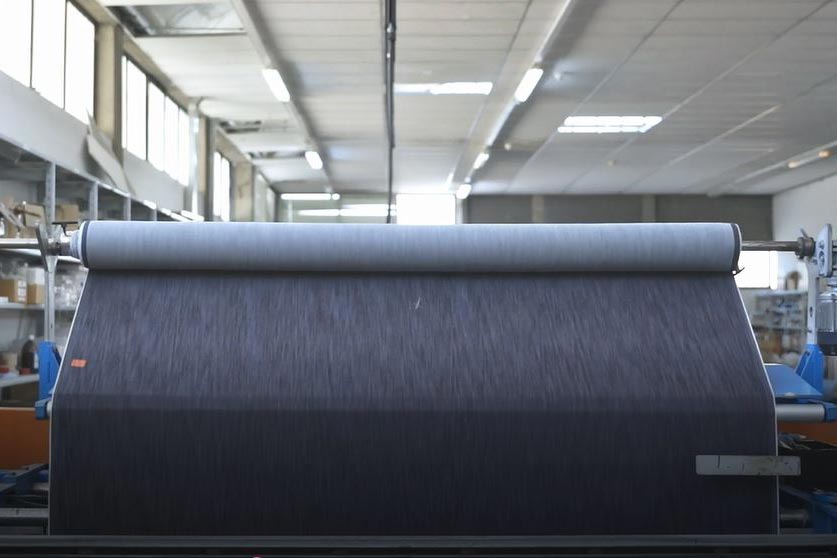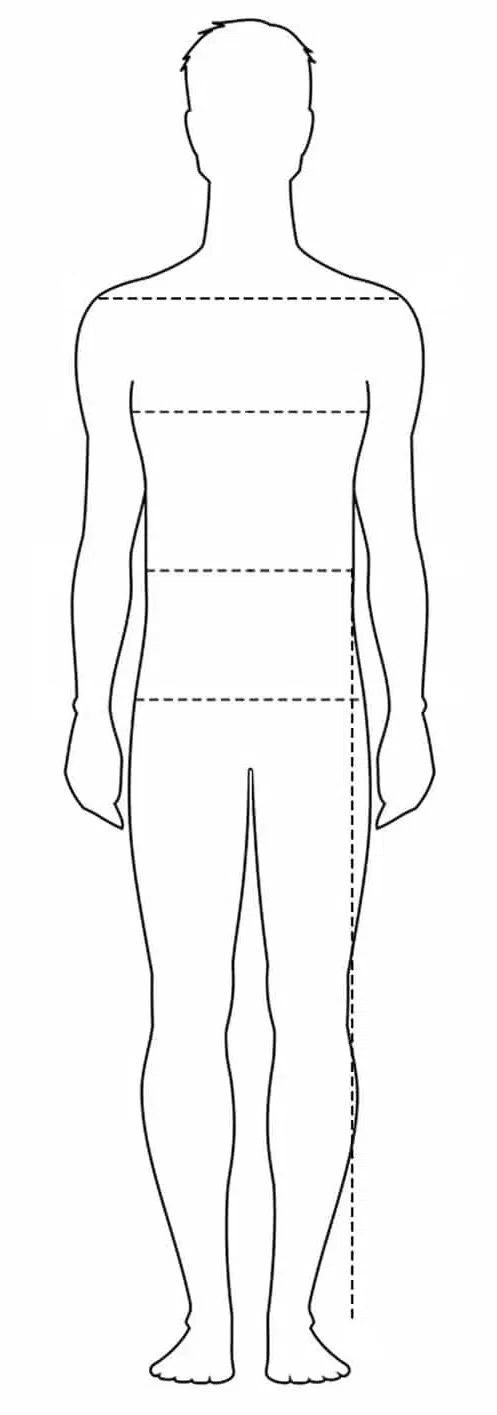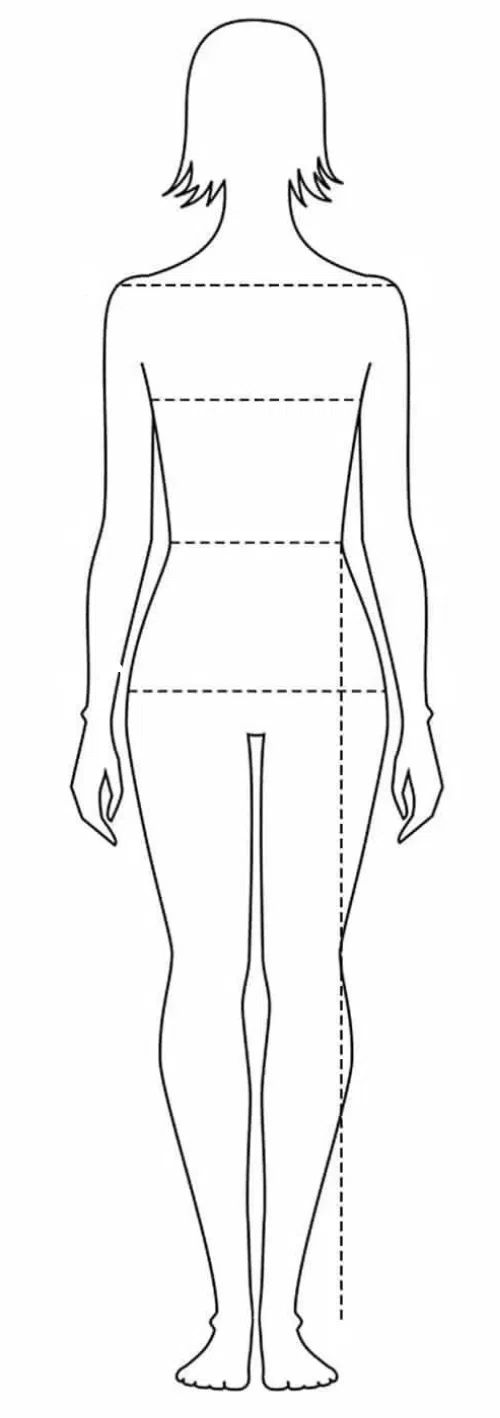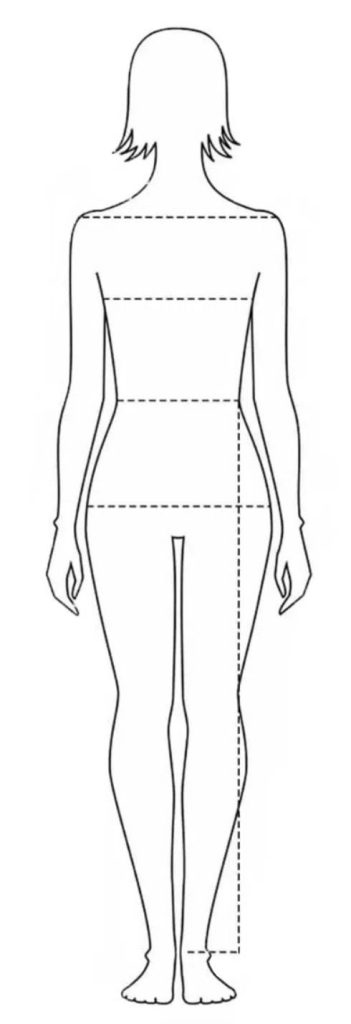Those who are not experts in the sector might think that the price or the brand make a quality jeans, but this is not the case. The value of the denim fabric is given by some characteristics that are generally found on the label: the quality of the fabric, the weight, the type of dye used, the washes and other post-weaving treatments, and the quality of the details. Here are our tips to recognize a quality denim.
Quality Of The Denim Fabric
Denim is a 3-thread fabric, 2 in weft and 1 in warp. The two weft threads are always white, while the warp one is indigo blue. Looking closer at the fabric, we can see that it can have different directions. For example, the right hand fabric, which goes towards the right, is generally more robust; right hand fabric, which goes towards the right, is generally more robust; left hand fabric is softer.
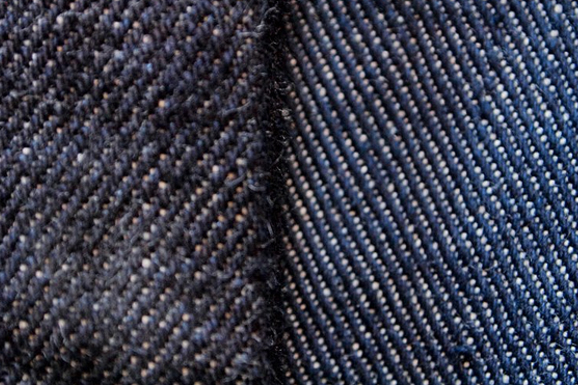
Particularly popular is the denim ring fabric, so called because during the weaving the spool undergoes twists that create small knots. This feature makes the denim ring a fine canvas and gives it a particular charm.
In addition to the shape, the denim fabric can be composed of different materials: 100% cotton or cotton mixed with other materials, such as linen, that give it more or less value.
Weight
The grammage is the weight of the denim, determined by the number of threads used in the fabric. The weight is measured in ounces and is one of the main characteristics to determine the value of denim.
- 7-8 and 9-10 ounces. This denim is mainly used for shirts and summer garments because it is lighter.
- 11-12 ounces. This is considered to be the most popular denim weight. It is often used together with elastane for the creation of slim fit garments, whose characteristics of softness and comfort make them the most popular.
- 13-15 ounces. It is the original weight of the denim.
- 19-21 ounces. The maximum weight and quality, and therefore difficult to find. Denim of this grammage is the most sought by canvas lovers.
Type Of Dye Used
Each denim fabric is treated with a dye, but its nature makes the difference. Today there are two main types of dye used in the production of denim fabric: synthetic and organic, or natural, dyes. In recent years, many companies have favored natural ones, as well as other more sustainable methods in the production of garments. It is clear that fashion trends are increasingly moving towards environmental protection.
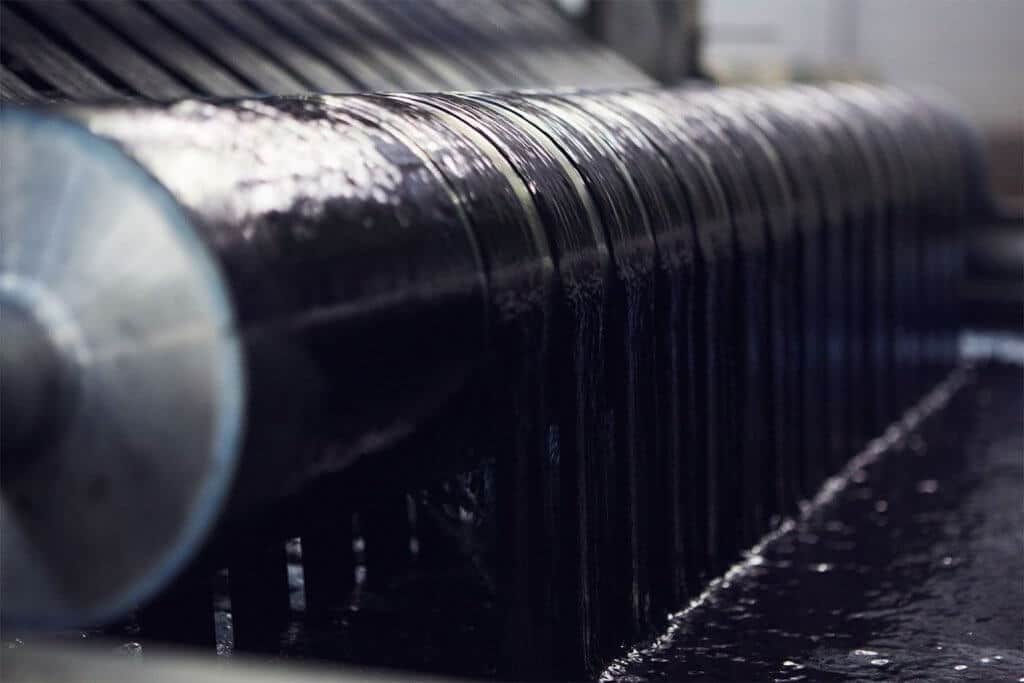
Post-Weaving Treatments
Denim trousers, but also jackets, shirts, and every denim garment, go through post-weaving treatments that modify the original appearance of the canvas. In particular, one of the best known treatments is washing. This determines the style and shade of the dye. An example of washing is bleaching, a discoloration treatment carried out with a chemical agent.
The Raw, treatment is also classified among the post-weaving processes, which doesn’t represent a real wash, but its absence. Do you remember the article about Japanese denim? This fabric is considered premium because it forgoes all post-weaving treatments, and it is therefore called raw denim.
Details: Characteristics And Quality
Details also make a difference in determining the quality of the denim fabric. For example the selvedge, a fundamental aspect of selvedge denim. This is the outer edge of the fabric that runs along the length of the trousers and its task is to prevent the garment from unraveling, increasing its durability and therefore its quality.
Being “denim authors” does not only mean producing fashion jeans garments, but also knowing every single aspect, from the fabric to the post-weaving treatments, which determine their quality. This is why we feel connected to each garment we offer: we personally choose the fabric and materials, colors, washing, cut and decorations to make it unique and special.

